When coal was discovered in the early 20th century, Genk grew from a glorified village into one of the most important industrial cities in Belgium. In the eighties however, the mines were shut down and the city had to reinvent itself. This worked out quite well. Trot Op! visited the main attractions in Genk, as well as a few less obvious stops.

Surprise: Genk is not the most beautiful city in Flanders. Even the locals would find it ridiculous to claim anything close to this. It is one of the most diverse though, and also one of the few Belgian cities where the so-called integration between the different ethnic groups turned out to be a genuine success story. This is mainly due to the former mining industry. Until their closure in the late 80s, the mines were the main employer in the area. From far and wide foreign workers moved to Genk. First came the Italians, Poles and Greeks, later mainly the Turks and Moroccans. The reason everyone almost immediately got along was the nature of the available work. Anyone who wanted to keep things somewhat safe deep underground had to put some trust in their colleagues. The former miners I was able to speak to all told me their own versions of the same one-liner: “We knew no racism, because in the mine we all looked equally black.” This underground fraternisation also generated a lot of goodwill on the surface. As a result, Genk today is an amazingly multicultural city, where a lot of deeply rooted local communities can do their own thing.
What to do in Genk: 9 surprising tips for an exciting weekend
The mining history of Genk still plays an important role today. With the necessary respect for the industrial heritage, the mining sites were transformed into tourist attractions, creative hubs, art projects and green oases. The consequence of this repurposing project is that the vast majority of the attractions in Genk are not located in the city centre but in the outskirts. The centre of Genk is skipped by most tourists, and was not even on the schedule when I wrote the Limburg Holiday Guide three years ago.
“Genk is not the most beautiful city in Flanders – even the locals would find claiming anything close to this ridiculous – but it is one of the most diverse.”
This time I decided to do things differently. Together with my brightest bestie Floor I would visit all the main hotspots in Genk and make a couple of interesting but lesser known stops in the actual city centre as well. As icing on the cake, I wrote it all down for you free of charge. Because that’s just the kind of man I am. Enjoy
1. Bokrijk Open Air Museum: visit a piece of Antwerp in Genk
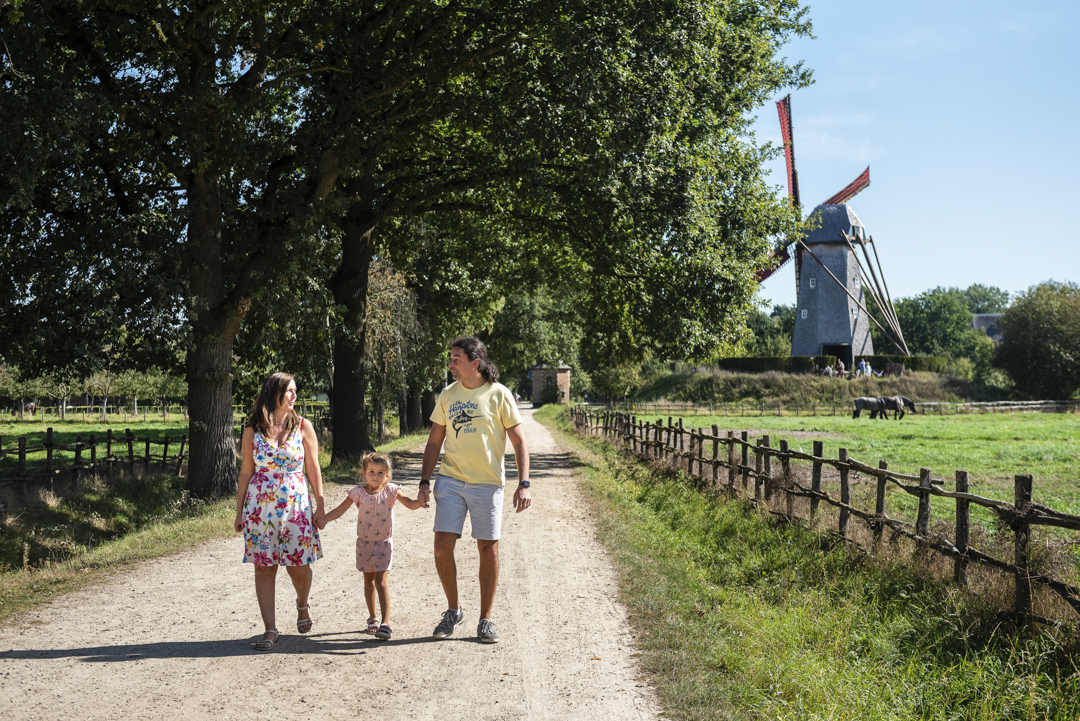
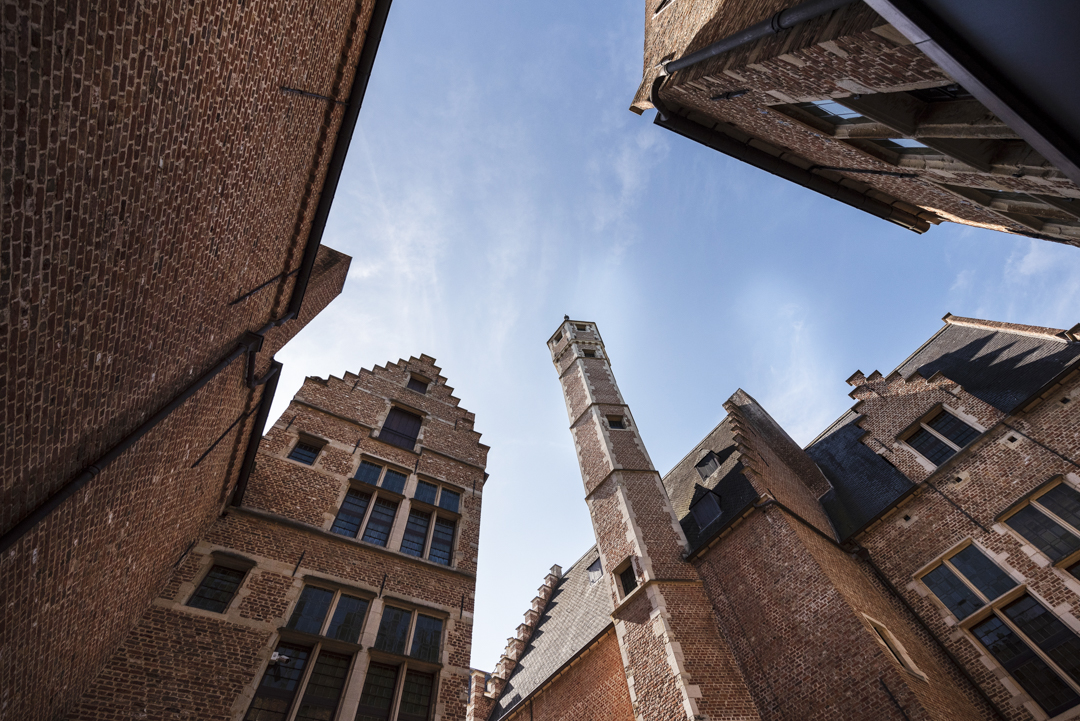

The Bokrijk Open Air Museum was the main destination for all kinds of school trips when I was a kid. I think this happened because the Antwerp Zoo was way over my primary school’s budget. Bokrijk was unfortunately no Disneyland. The lack of both breakneck rides and elephants occasionally caused some light disappointment in my stimuli driven pre-pubescent brain. It was still a pleasant daytrip though, comfortably beating sitting in some musty classroom for another day. The Bokrijk of my youth – a historical open air museum full of windmills, barns and actors – is still there today, but I discovered a number of new things on the premises as well.
“Due to a number of incomprehensible political moves, one of the most beautiful historic neighbourhoods of Antwerp can now be found in the middle of a field in Genk.”
The Old Town, for example, pushed away into some corner of the park, showcases a bunch of stately 16th century houses in which an exhibition on the sixties is held. These beautiful buildings actually came from Antwerp. More specifically from the neighbourhood in between the town hall and the butchers guild house. This neighbourhood was (ironically) flattened in the ‘60s just to be completely rebuild here. The embarrassing consequence of this political decision is that one of the most beautiful historic areas of Antwerp can now be found in the middle of some field in Limburg. Strangely enough, this was seen as a win-win situation at the time. Antwerp suddenly had a lot of open space for new projects, and the Limburgers were given a number of futuristic looking buildings made of real stone – the entire province turned up to marvel at them in awe. What did Antwerp get in return? Some of the ugliest apartment blocks in the entire city. Nice. www.bokrijk.be
2. C-mine: discover Genk’s mining history
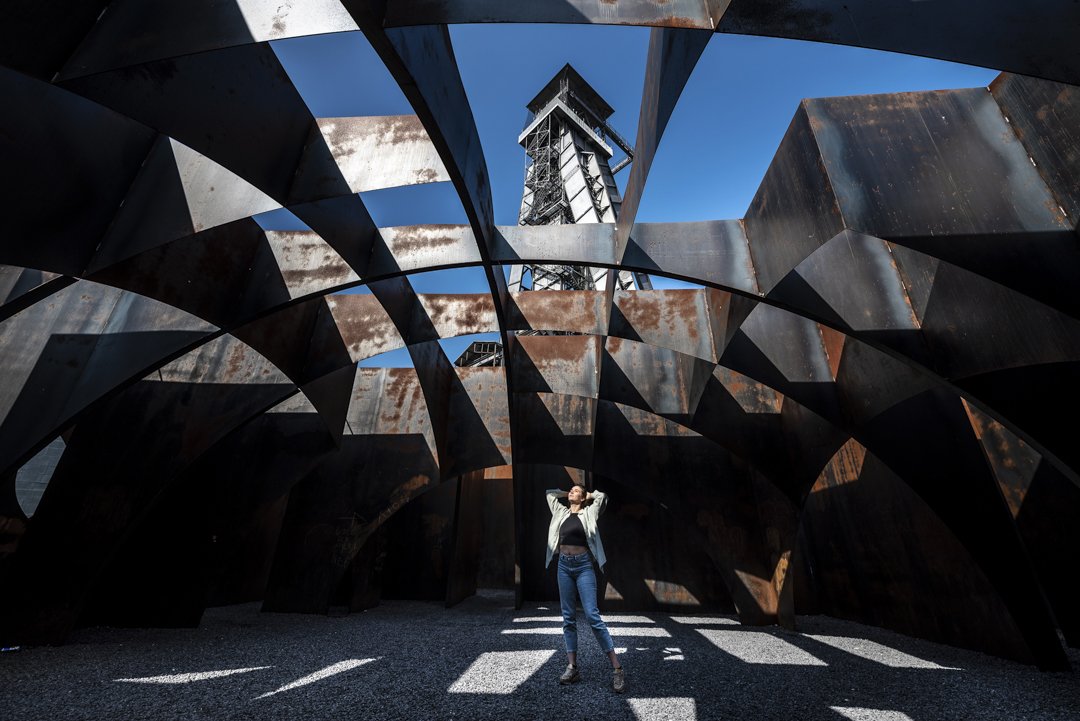
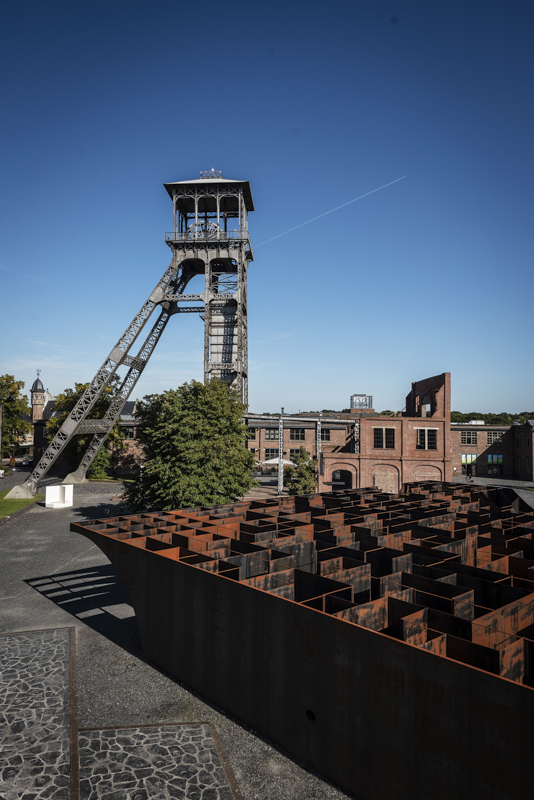
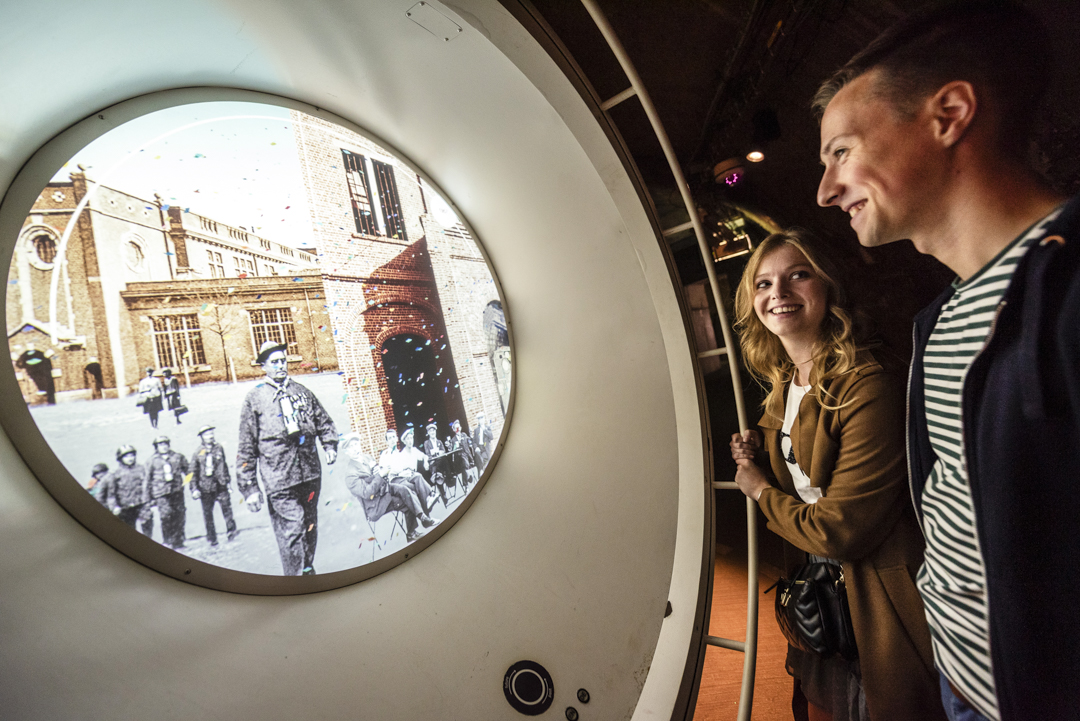
Life as a miner wasn’t exactly fun. Having to hammer a pickaxe into a bedrock wall just a couple of inches from your face, lying in some narrow tunnel half a mile below the surface doesn’t make a lot of people feel all happy inside. Especially in temperatures of 90F° or more. Want to enjoy the atmosphere in the mines in a much more comfortable way? Visit C-mine: the old Winterslag mining site. In the C-mine Exhibition you’ll go underground to experience the working day of the average miner through several interactive installations (from VR-goggles to soundboards and even simulated gas explosions). Afterwards you can climb the highest mining tower in Belgium, for a magnificent view over almost half the province (pay attention to the slag heaps still defining the otherwise flat landscape). There’s a lot to do on the rest of the domain as well: get lost in the steel labyrinth, visit Pieter Stockmans’ porcelain studio or watch a movie in the local cinema. In a couple of years, they transformed an industrial black hole into a modern meeting place right next to the city centre. Well done, Genk! www.c-mine.be
3. Vennestraat: browse a multicultural market

Just visited C-mine and fancy a tasty bite? Well you’re in luck buddy, because right next to the site you’ll find Vennestraat. This is probably the most famous street in Genk, offering a cosy collection of restaurants, cafes, galleries and specialized shops. Here you can just go from door to door and taste half the world on your plate. On Saturdays – right when we were there: I’m such a planner – the weekly market opens up, which makes for the best visit. You can stroll past a load of food stalls to shove all kinds of exotic delicacies into your gaping piehole. In recent years, a lot of effort was put into transforming Vennestraat into what the tourism board calls “the street of the senses”. Well, it certainly smelled nice, so they’re off to a good start. Well done again, Genk! www.vennestraat.be
4. Yunus Emre Mosque: meet Genk’s Turkish community

For those who want to experience the diversity of Genk up close, a visit to the Yunus Emre Mosque is a must. This is the main mosque of the Turks living in Genk, and one of the few in Belgium with a minaret and a dome on top. You can book a guided tour here via Visit Genk. This will allow you to hear and see a lot of things, including the exquisite prayer room under the dome. We got a private tour from Tayfun, serving here as secretary and youth chairman. The walk started with a cup of Turkish tea and some baklava in the meeting room – similar to your local parish hall. During the tour it quickly becomes clear the mosque fulfils an enormous social function. Children are tutored and helped with their homework, and a range of activities from sports and hobbies to group trips abroad are supported, encouraged and funded here – all by volunteers. An entire games room (including pool tables and table football) was set up to keep young people off the streets and to give them a central place to meet. The Yunus Emre Mosque is incredibly open and welcoming to visitors, aiming to be a bridge between the different communities rather than an obstacle. Everyone of good faith is welcome for a chat or a visit. On 5 June, a neighbourhood party with food stalls and numerous side activities is planned. You know where to go.
5. MAU Cat Café: have a cat covered coffee

Call me an idiot, but coffee always seems to taste better when there’s some cat quietly judging you in a corner – see also the very first article (about Bruges) I ever wrote on this now internationally renowned blog. Genk also opened its own cat cafe some time ago. The MAU Kattencafé is located in the city centre (perfect excuse to actually go and see it) and is the first of its kind in the whole of Limburg. I’d say that’s because they’re always a bit slower in following trends over there (their nineties have apparently just ended) but since my own Antwerp still offers the incredible total of zero cat cafes, I’ll just keep quiet instead. In MAU you can order all the chai lattes you want, and you’ll even get some vegan pastry to go with it. While you wait for your order, you can play with a whole litter of house cats who oversee their personal little kingdom here: the entire wall is one large climbing castle for them to play and sleep in. MAU also temporarily takes in kittens who are offered for adoption. Think of it as a Tinder café for cats and owners, where you can feel each other out while having a drink. www.maukattencafe.com
6. Cycling throug the Water in Bokrijk: visit an international top sight
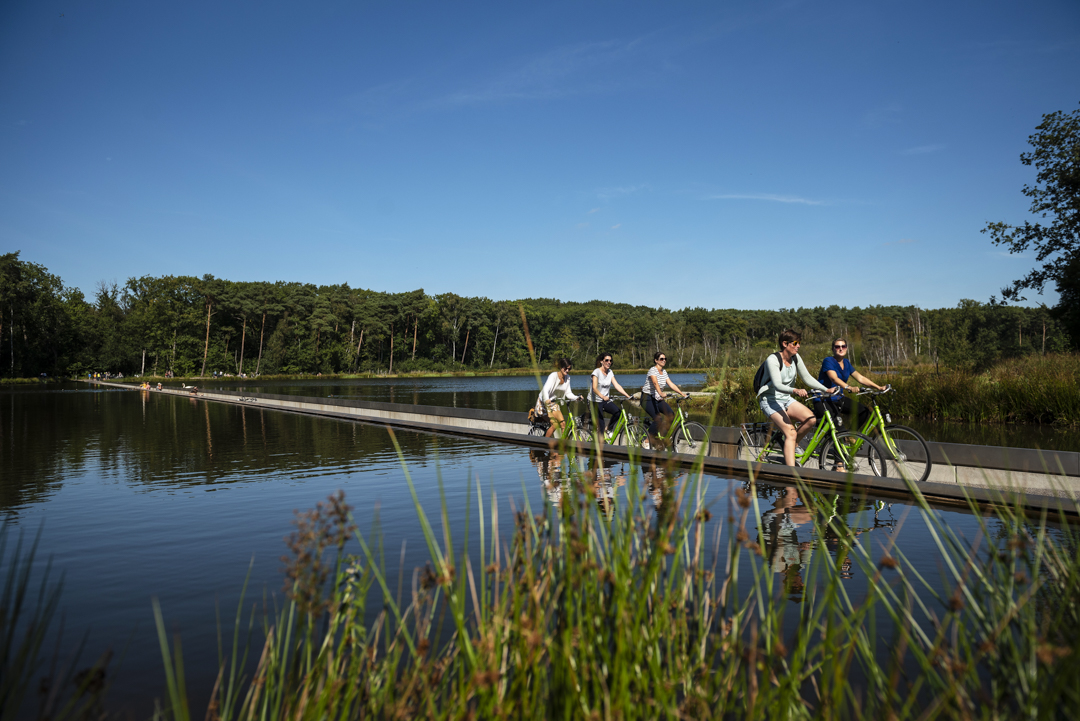
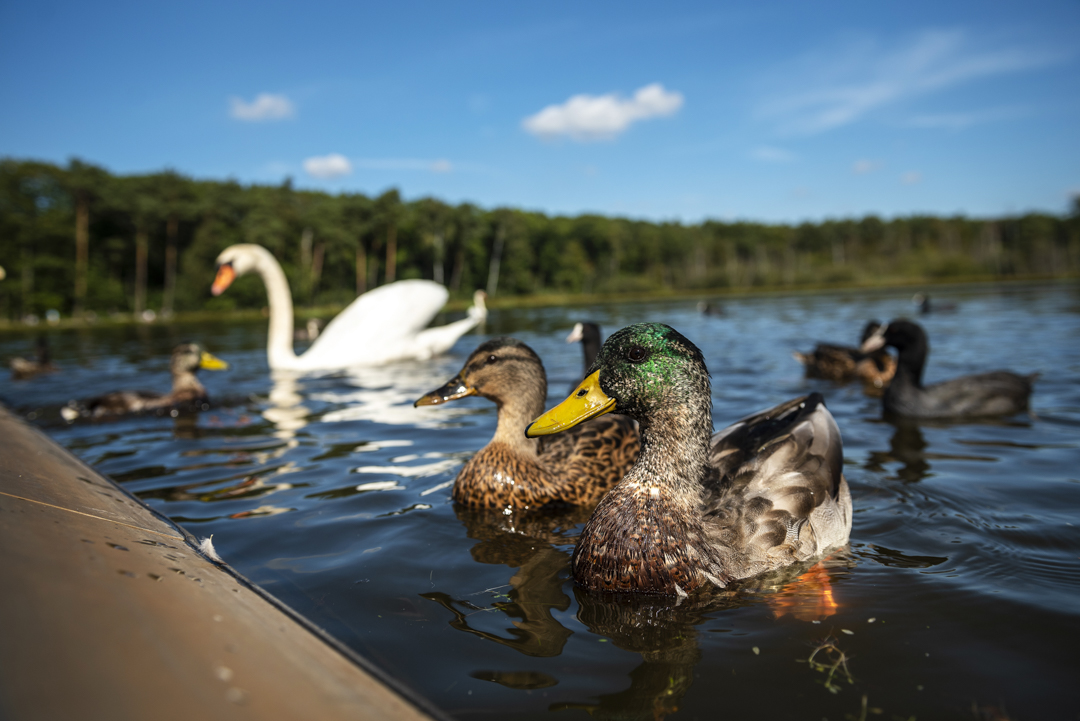
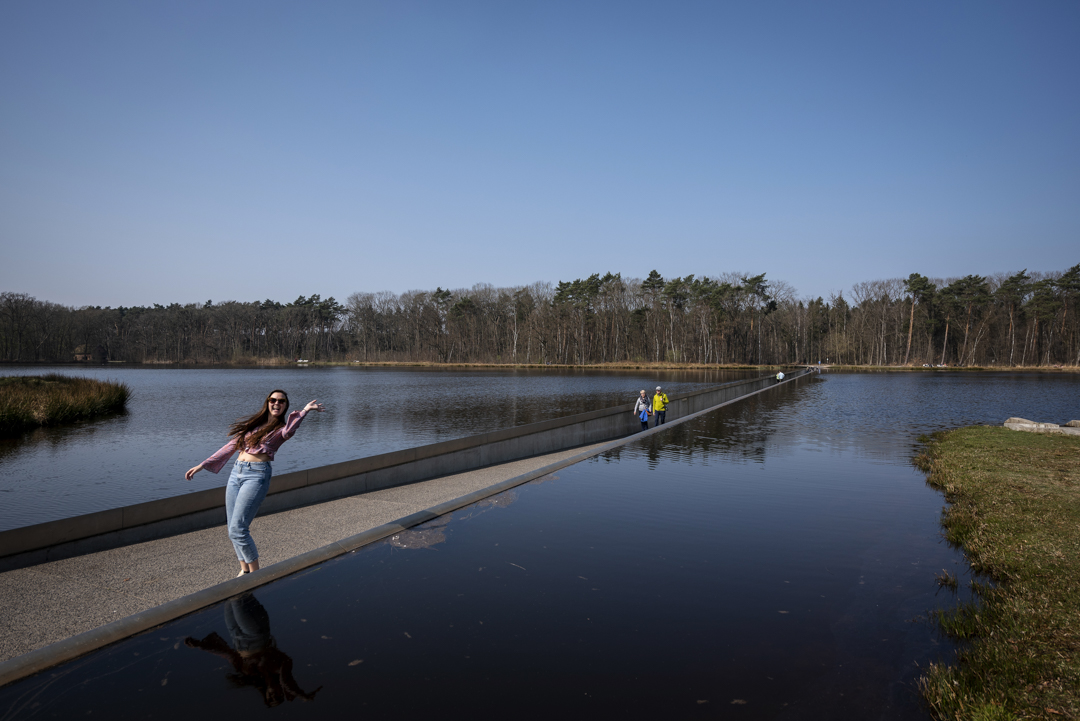
Near Bokrijk (and the Nature House we stayed in: see my post on Hasselt for more info) is what is internationally perhaps the most viewed place in all of Limburg. Cycling through the Water in Bokrijk won a lot of prizes, was featured in all kinds of international media and is a completely unique cycling experience. It allows you to drive straight into a pond and see the water rise to eye level. This lets you come face to face with the local waterfowl. A swan may look serene from the river bank, but when it’s towering two feet above you, it suddenly becomes a lot more intimidating. Especially when it picked up the scent of your lunch box. Cycling through the water completely changes your perspective on nature and catapults you right in the middle of it. If you want to tick off more of these cycling experiences, you can find a few other top locations in Limburg. In Bosland (Hechtel-Eksel) you can Cycle through the Trees on a few large loops on stilts, in the Hoge Kempen National Park you can Cycle through the Moorland, and with a bit of luck you can also go cycling through the cavres in Riemst in the near future (this project is still in its research phase). Yes, they keep themselves busy in Limburg www.visitlimburg.be/nl/fietsendoorhetwater
7. Labiomista: fine art with camels


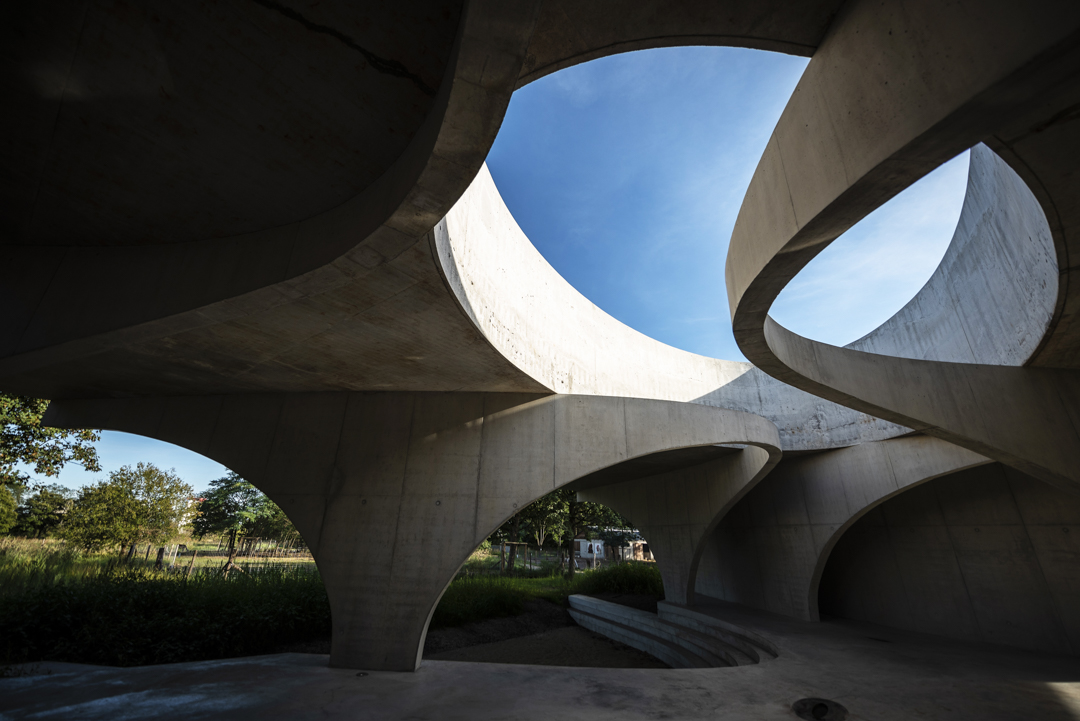
The other two mining sites around Genk were given a new life as well in recent years. This also applies to the Zwartberg mine. It was closed in 1966, after which a zoo was opened on the premises, which subsequently closed again right before the turn of the century. The site remained vacant until artist Koen Vanmechelen approached the city council with a remarkable concept to unite both stories. Vanmechelen is what they call a remarkable man, who for example spent years breeding a cosmopolitan chicken carrying the genes of every chicken species on earth. A lot of stuffed animals (and combinations of them) he put together are now displayed in the old mining director’s residence – a lovely house of death indeed. The finished project was named Labiomista, and is a living work of art: a mesmerising mix of a sculpture garden, landscape art and a zoo. There are a number of impressive constructions waiting to be discovered here. You walk on winding footpaths full of word and image art, past a number of animal enclosures where Vanmechelen raises ostriches, camels, llamas and (obviously) chickens. Nice detail: the walking trails are barred, the animal enclosures are not. This means you are now the proverbial monkey in an upside-down zoo. I think that’s pretty funny. www.labiomista.be
8. Thor Park: hike through a former mining landscape
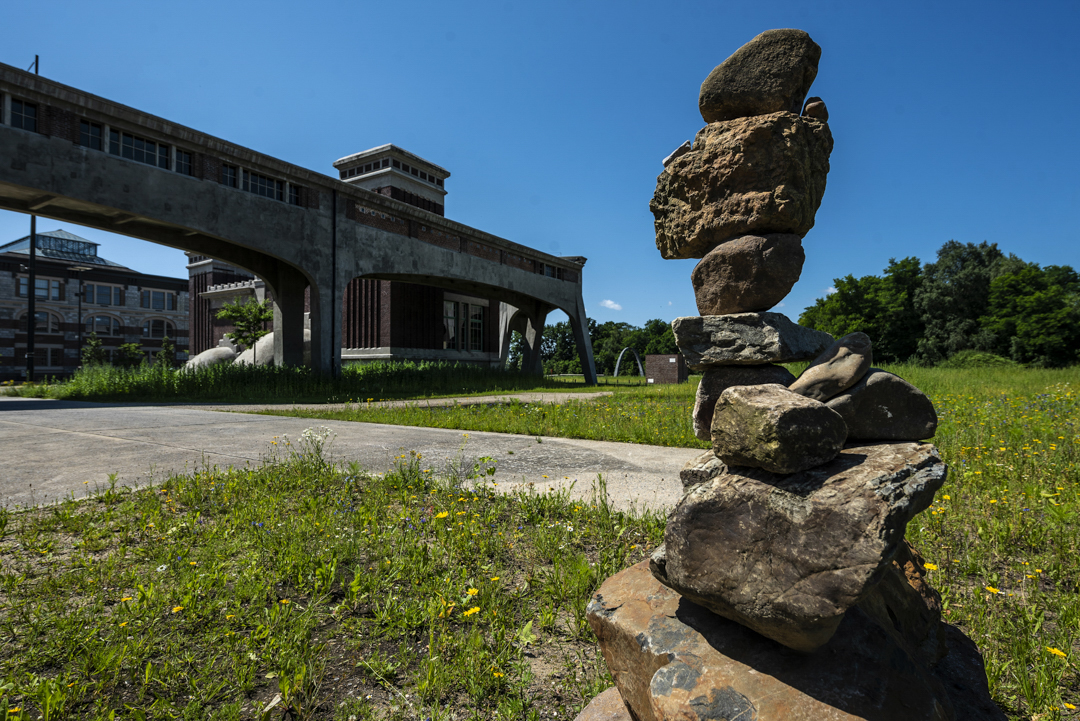
The third mining site to be repurposed is called Thor Park. This used to be the Waterschei mine, and is now the newest gateway to the Hoge Kempen National Park. The site’s former main building was beautifully restored into the Thor Central event space, and is again a good example of how a city should deal with its industrial heritage (as mentioned in the Hasselt post: Antwerp should come and have a look to see how they need to deal with their port heritage). Behind this complex lies the so-called Steenmannetjespad (“little stone men path”) where piled up heaps of stones lead you into a forest, past flower meadows, picnic areas and even a stone chess board. There you cross a deserted railway track to eventually end up on top of the mining slag heap for a nice view. Stretching your legs once in a while doesn’t hurt anyone. www.visitlimburg.be/nl/wat-te-doen/wandelgebied-thorpark
9. Cosmodrome: take a deep space detour

Gateway Kattevennen is another entrance to the National Park also located in Genk. Here you can discover the deepest secrets of the universe in Cosmodrome – which is apparently the place where Limburgers themselves all had their school trips. This futuristic looking building is all about space and the Big Bang – remember the Big Bang? Good times! In a spherical auditorium you get to see the actual bang in 360° 3D vision, while also learning how the universe and our planet eventually came into being because of it. The rest of the exhibition is full of interesting science experiments. You can for example calculate how much you would weigh on each planet in our solar system (hint: still too much). Anyone who arrives at the right time can also visit the observatory to unapologetically look at Uranus like they own it. Through a 10 foot telescope nonetheless. Size does matter!
What to do in Genk? Hotels and partners

There you go dear readers, this should tell you all you need to know on what to do in Genk. Did I forget some places? Missed your favourite spot? Do you actually like the shamefully ugly neighbourhood next to the Antwerp City Hall? Be sure to let me know in the comments.
We received a lot of help from the people of Visit Limburg for organizing this weekend. For great tips and information about what to do in the entire province, surf to their website at www.visitlimburg.be. Also check out the previous article about Limburg’s nature reserves I made for them last summer. If you want to read the Limburg Holiday Guide I wrote, you can do so via this link: www.visitlimburg.be/nl/limburg-vakantiegids-2020.
We stayed in Bokrijklodge, a tiny but very comfortable house near Bokrijk, we booked through www.natuurhuisje.be. It turned out to be a great stay, and if we end up at a destination in the future where some other of their houses can be booked, we know what to do.
Fancy some other Belgian adventures? Read my articles about Mons, Amsterdam, the Rupel region, Deinze, Roeselare and Kortrijk here.
























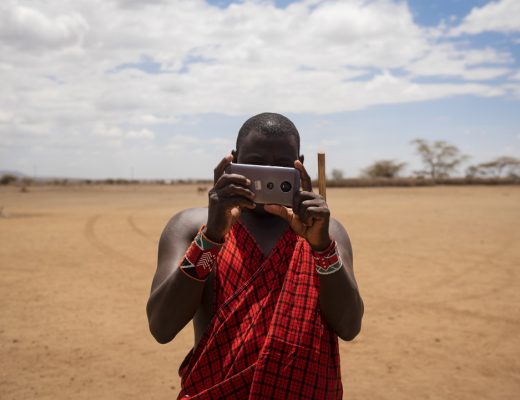
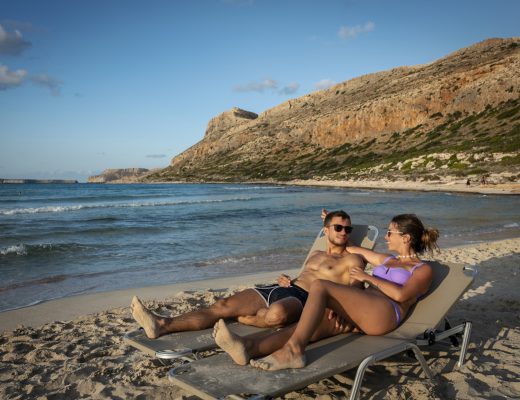
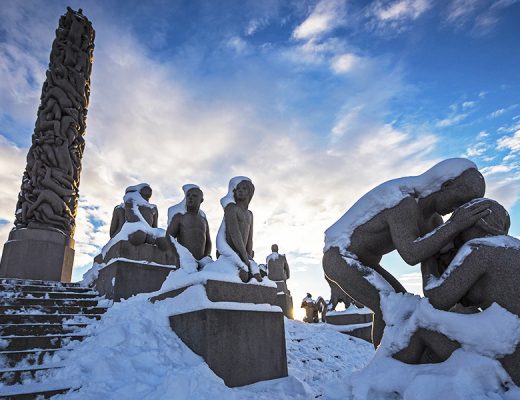

1 Comment
VIA...... DR_MA C K ( @Y A H O O ) C O M),,,,,,,,,,,,,,,,
June 21, 2024 at 6:33 am(Con l’aiuto di questo lanciatore di incantesimi, riconquisterai il tuo ex amante..☝